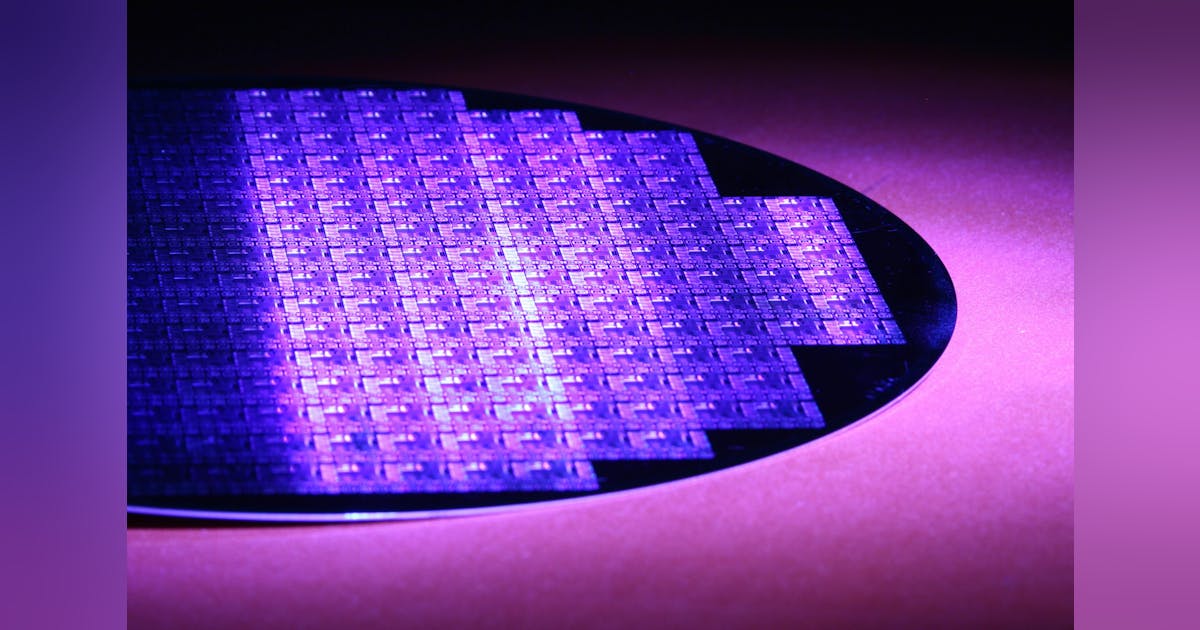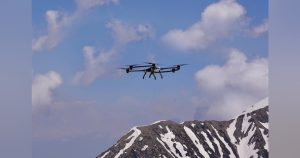Dawn of a New Era: The Significance of Photonic Integrated Circuits
Envision computers operating with minimal heat generation, processing data at light speed. This is the vision driving the military’s push for very-large-scale photonic integration (VLPI), aimed at producing optical integrated circuits (OICs) on an unprecedented scale.
These circuits use photons instead of electrons for data processing. Contrary to traditional silicon chips where electrons navigate through resistors and transistors, photonic circuits direct light via waveguides, lasers, and phase shifters. This paradigm shift offers:
- Unmatched processing speeds, as photons move faster than electrons.
- Ultra-low power consumption, reducing or even negating the need for large cooling systems.
- Compacting high-power computing systems suitable for satellites to portable devices.
Exploring Photonic Computing
What is photonic computing?
Utilizing the speed and efficiency of light, photonic computing overcomes the limitations faced by electronic circuits such as heat, bandwidth constraints, and electromagnetic interference. This technology allows for:
- Greater connection density, as optical beams can intersect without interference.
- Decreased physical volume for data transmission.
- Significant improvements in signal speed and quality, especially in busy environments.
Why the military?
The increasing demand for processing power in lighter, smaller, and more durable packages for modern military technology—like drones, satellites, and advanced sensors—makes photonics highly relevant. Not only does it enhance speed, but its light-based signals are also difficult to intercept, potentially revolutionizing areas like surveillance, electronic warfare, secure communications, and AI-driven tactical analysis.
From VLSI to VLPI: A Quantum Leap
The advent of very-large-scale integration (VLSI) of silicon chips revolutionized computing in the 1970s. Now, VLPI spearheaded by DARPA aims to trigger a similar transformation for circuits based on light.
Key Goals of the VLPI Project:
- Expand manufacturing scale: Transition from lab-scale photonic circuits to mass-produced wafers containing millions of components.
- Develop new computing architectures: Evolve from using photonic chips for isolated tasks to incorporating them into complete light-based systems.
- Address integration challenges: Create methods for designing and producing these circuits dependably at scale, drawing parallels with how VLSI standardized silicon manufacturing.
- Reduce costs: Achieve cost efficiency through high-volume production, facilitating broader adoption.
Technical Advantages: Why Photonics Outshines Electronics
| Characteristic | Traditional Electronics | Photonic Circuits |
|---|---|---|
| Speed | Limited by electron mobility | Ultimate speed: photons/light |
| Heat Generation | Significant, requires cooling | Minimal, naturally cool |
| Data Density | Wire crossing limited | Optical beams cross freely |
| Susceptibility | Prone to electromagnetic interference | Immune to EM interference |
| Size/Weight | Larger for equivalent performance | Smaller, optimized for SWaP (Size, Weight, and Power) |
Real-World Military Applications
Photonics is already integral to numerous military technologies, but VLPI paves the way for new advancements:
- Secure Communications: Fiber-optic and free-space optical links provide high-speed, jam-resistant channels for command, control, and reconnaissance.
- Advanced Sensing & Imaging: Photonic-driven LiDAR and hyperspectral sensors deliver high-res mapping and target identification.
- Electronic Warfare: Photonic circuits manage complex, ultra-wideband electronic signals beyond current RF systems’ capabilities.
- On-Device AI Processing: Low-power, powerful photonic processors evaluate surveillance data in real-time, directly on drones or satellites, facilitating faster, autonomous operations.
- Satellite Systems: Interference-resistant photonic links boost satellite communications and imaging.
- Chip-to-Chip Interconnects: 3D optical links ensure seamless data transfer between processors, greatly enhancing throughput and easing electronic congestion.
The Manufacturing Challenge: Why Scaling is Difficult
Transitioning very-large-scale photonic integrated circuits from lab to manufacturing plants presents formidable challenges:
- Design Toolkit Gaps: Unlike established silicon EDA tools for electronics, there’s a lack of comprehensive, user-friendly circuit design tools for photonics.
- Component Integration: Achieving precise alignment of millions of light-guiding structures on a wafer stands as a significant manufacturing challenge.
- Efficient Light Coupling: Connecting photonic chips requires high-precision interface and alignment, enduring manufacturing variances.
- Yield and Cost: Manufacturing defects in photonics can be detrimental; thus, maintaining high whole-wafer yields is crucial for broader adoption.
- Thermal Management: Although photonic circuits hardly produce heat, integrated electronic-photonic systems might face localized heating.
DARPA’s Call to Action: Help Wanted!
DARPA actively seeks collaboration with industry, academic experts, and defense contractors to shape the VLPI initiative. They are soliciting input on:
- Design tools for modeling and verifying extensive photonic systems.
- Real-world system applications: How will VLPI impact battlefield computing, communications, or AI?
- Fabrication and assembly challenges: Solutions for defect-tolerant optical circuits on a large scale.
This request for insights highlights a pivotal opportunity: significant military investment is poised to advance if supplemented by industry guidance to establish standards and scalable processes.
How Photonics Changes the Game: Expert Insights
- No More Wire Clutter: Unlike traditional electronics where wires can’t cross without a mess, photons glide past each other seamlessly, akin to a dazzling laser show.
- Cool Efficiency: Photonic processors operate with such low heat that they remain practically silent and energy-efficient—ideal for stealth operations.
- A Marvel of Miniaturization: By packing millions of components on one chip, VLPI can compactly house sophisticated equipment even in small drones or wearable military gear.
- No Speed Limits: With electronics nearing their speed capacity, photonic circuits offer unprecedented data handling, enabling next-gen military networks and real-time analysis.
Possibilities and Case Studies
- Drone Swarms: Drones could process high-res video and radar data locally, cutting the need to transmit imagery to a central hub. Photonic chips empower edge autonomy with minimal latency.
- Quantum-Enabled Communications: Integrated photonics plays a crucial role in quantum key distribution (QKD), protecting military networks in a post-quantum landscape.
- Electronic Warfare Pods: Photonic modules outperform traditional RF systems by maneuvering enemy signals across expansive frequency bands, evading numerous countermeasures.
Anticipating the Arrival of VLPI
Although optical communications and some photonic circuits exist today, manufacturing-ready, wafer-scale photonic processors are expected within this decade, as the production process improves and becomes cost-effective.
For Innovators and Defense Firms:
This is a critical period for involvement: those who break today’s design and production barriers will shape the technology landscape of tomorrow’s battlefield.
Bringing It Home: The Human Element
Behind these groundbreaking innovations are teams of interdisciplinary engineers, physicists, designers, and military operators, working together. This “photonic revolution” isn’t solely about faster chips; it’s about equipping soldiers with smarter tools for safer missions.
As leaders in defense innovation, we view VLPI as transformative—not only for military applications but also for industries like autonomous vehicles and medical imaging. We remain engaged at the forefront, collaborating with designers, manufacturers, and users to ensure photonic technology thrives beyond the laboratory.
If you have questions or ideas, or want to influence the future of photonic computing, reach out—let’s illuminate the future together.













